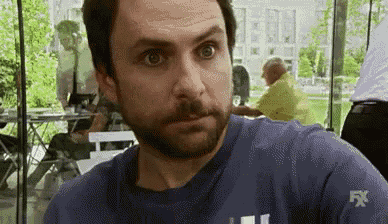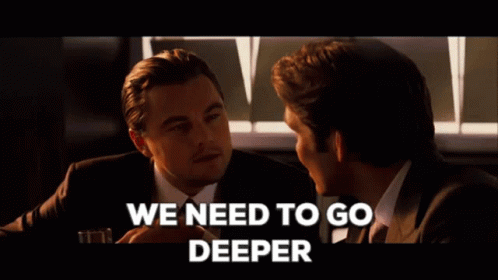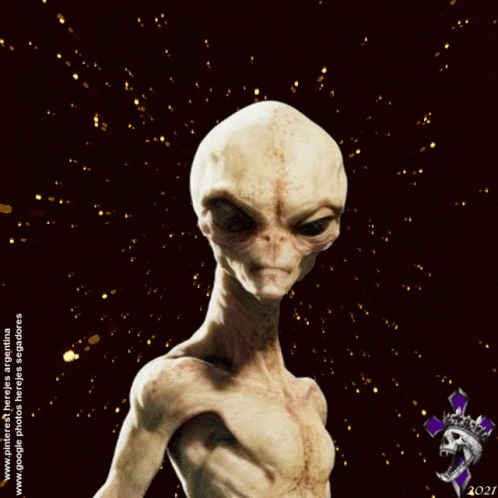Spaceman292
Banned
No it's a giant black hole we're all going to dieNo, it could just be galaxies radiate massive gravitational waves that bent light
No it's a giant black hole we're all going to dieNo, it could just be galaxies radiate massive gravitational waves that bent light
I lost faith in humanity long ago, tarnished. Their words cannot effect me any more.For god's sake don't look at the comments that go along with this image on social media.
The level of utter fucking stupidity exhibited by some people really does make me think human evolution is a multi stage process.
May golden showers be upon you.

Something doesn't add up, but Twitter's finest are on the case



Something doesn't add up, but Twitter's finest are on the case


Stream lags so much
There's probably still towns where they would set you on fire to be honest for saying that.True, but hairless apes built a rocket taking a giant golden infrared telescope one million miles out in space to observe the early days of the universe thirteen billion years in the past. It's a pretty cool accomplishment. A few hundred years ago you would be set on fire in the town square for believing that we exist within a cosmos full of stars, and yet here we are.
This is the laggiest stream I've ever seen. Wtf
Try this one from sky in the uk seems fineThis is the laggiest stream I've ever seen. Wtf
All the time from cosmic dawn to recent in one picturethe time aspect is just mind numbing

All the time from cosmic dawn to recent in one picture
The images in the lensing are the universe lighting up in the background.

Something doesn't add up, but Twitter's finest are on the case

That's not what it's designed to do.Show me some planet surface
Show me some planet surface
 www.google.com
www.google.com
I wonder how many different alien civilizations there are out there like us. I can imagine meeting these strange species and what type of porn can be produced from them.

I want to believe.The image leaked early. Spoiler for those who don't want the surprise ruined.

Cool tool to compare Hubble v Webb:
Webb Compare
johnedchristensen.github.io
Don't tell Twitter that the gas thingy didn't seem to move, obviously fake.
I think we should lobotomize Flat Earthers. It'll make them smarter.
More:

Fucking insane.
And to think this is just a tiny area of the sky. Not sure where..but it's almost unbelievable the amount of galaxies that are/were out there. Staggering.

thats deep


How small part of the sky the image actually is.

Cosmic Dawn
One of the most important gaps in our understanding of our Universe’s history is the “Cosmic Dawn.” The period from about 50 million years to one billion yearswww.colorado.edu
While the James Webb Space Telescope, the Wide-Field Infrared Survey Telescope, and a suite of ground-based facilities will observe the universe as it was just ~150 million years after the Big Bang, none now contemplate observing the true first stars and black holes. The most promising method to measure the properties of these first objects is the highly-redshifted spin-flip background. The "spin-flip" transition of neutral hydrogen emits a photon with a rest wavelength of 21-cm (or frequency 1420 MHz). This signal, while generated by an extraordinarily weak hyperfine transition, is nevertheless observable because neutral hydrogen pervades the universe at the onset of the cosmic dawn. Several ground-based instruments, such as the hydrogen epoch of reionization array, hope to observe the reionization era by the end of this decade. But probing the first stars, at much earlier times, is possible if we can reach very low frequencies (<100 MHz). A lunar farside radio telescope will open a unique window to this era.

Spin-Flip Background - Cosmic Dark to Cosmic Dawn
The site is intended as a free educational resource about the frontiers of galaxy formation.cosmicdawn.astro.ucla.edu


highly-redshifted spin-flip background.
While seeing into the deep and origins of the universe is my favourite, seeing the detail on that double star was in the nova was incredible.Pretty sure I already observed this years ago. Red-eyed Tony Hawk sessions delivered more than just a spin flip.
The new images should have been what they showed as the first image. They're far more impacting and beautiful IMO.
While seeing into the deep and origins of the universe is my favourite, seeing the detail on that double star was in the nova was incredible.
Makes me hope that it can be turned to Spica and other multistar systems to get photos and accounting.
Cosmologists are suggesting there may be some exotic discoveries in the depths of time. It does end up looking different as there was a beginning suggested by CBR.The looking back, while important, is just more of the same. It's so expansive it's unlikely to look any different as you peer further back/away.
The close up money shots will give us more inspiration and details for our expenditure while keeping the public invested science budgets well spent.

